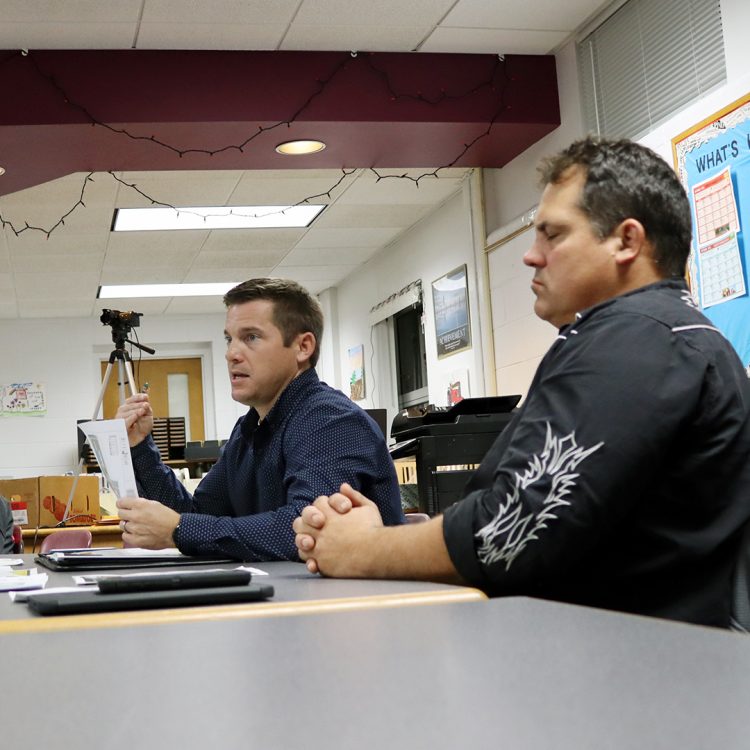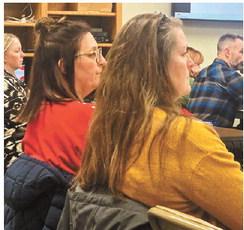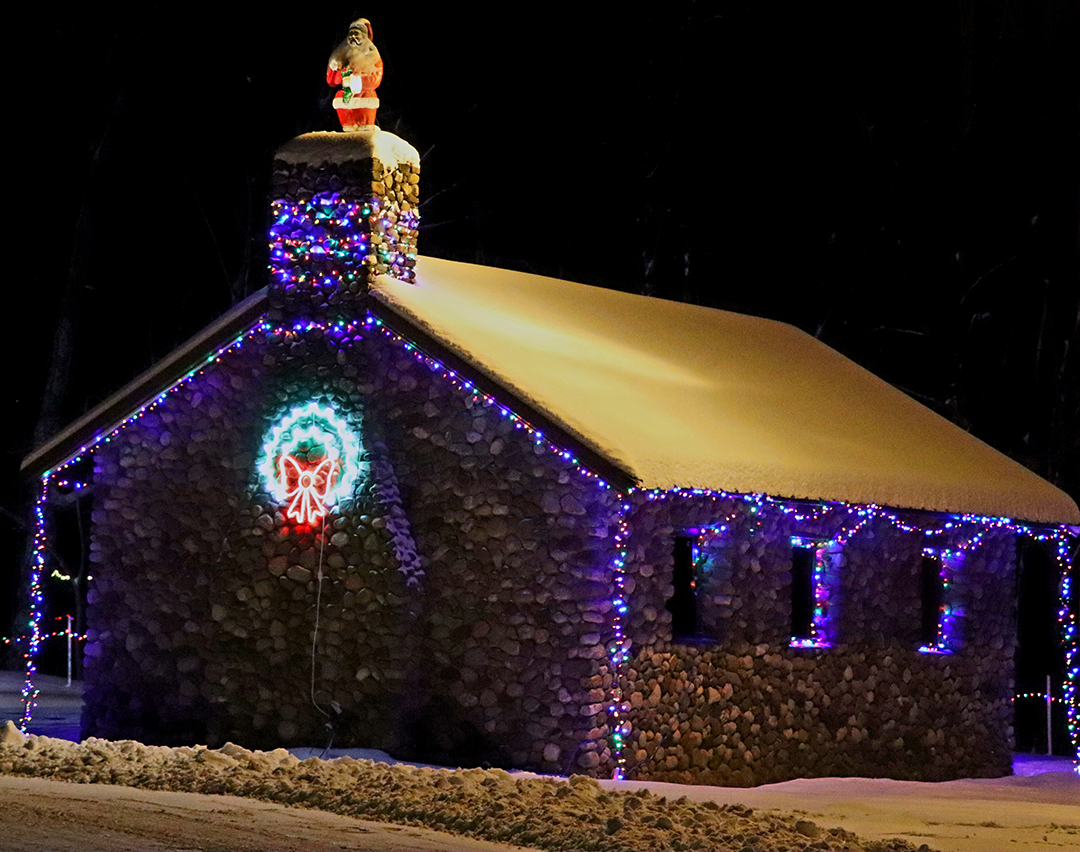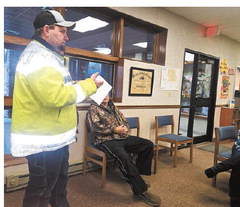Cadott School Board; It’s not what we want, it’s what we need


Luke Schilts, CESA 10 (left), talked about a survey on facility planning that will be mailed out to the Cadott community, during a school board meeting Oct. 9. The survey asks the ...





